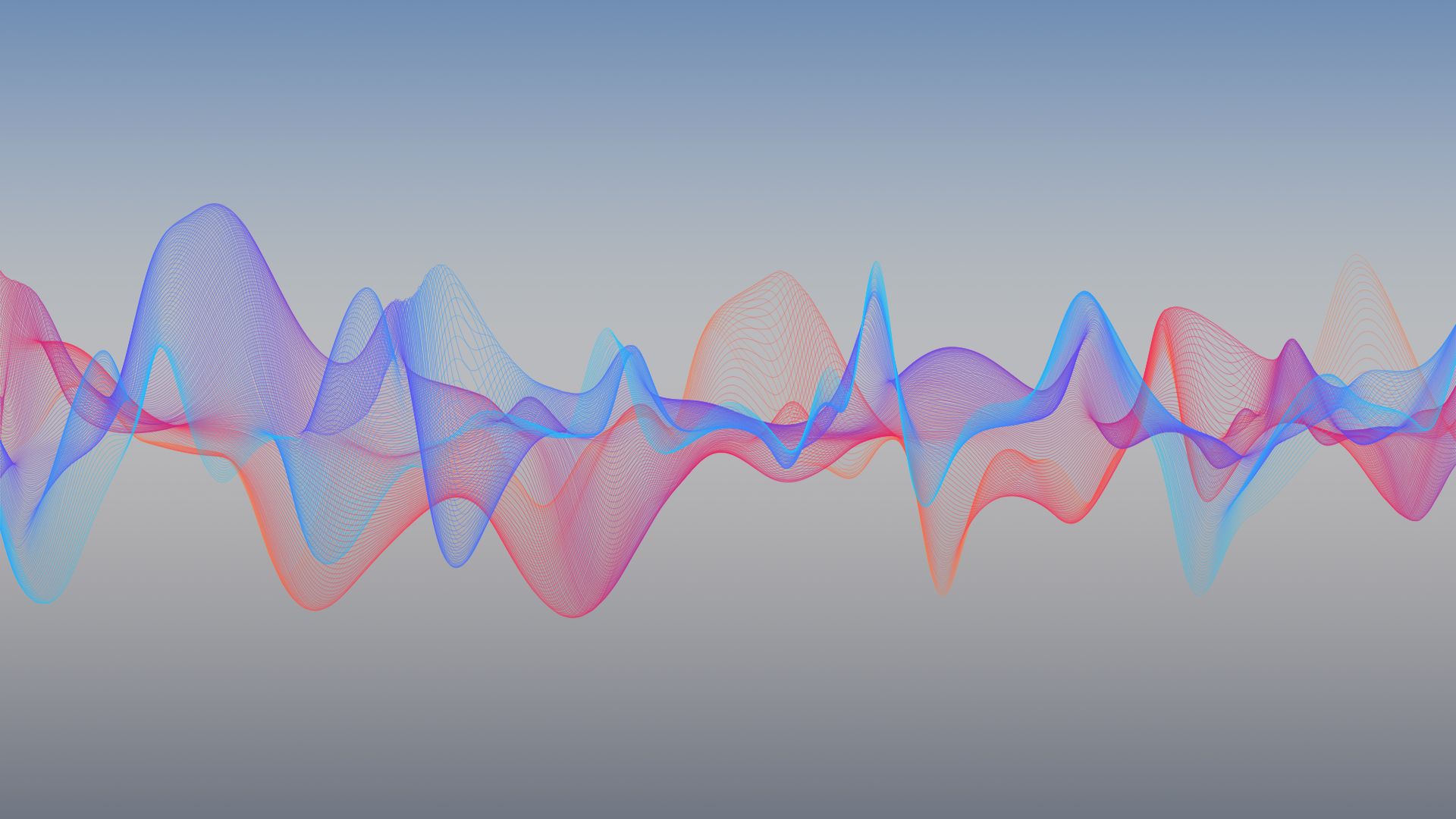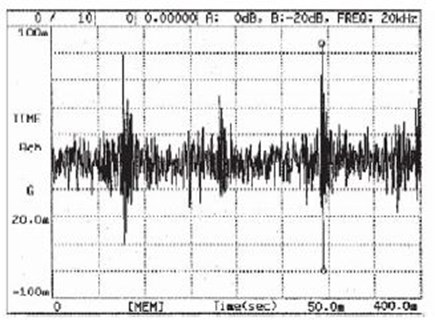Benefits of Impact Monitoring for Reciprocating Compressors
 Impact measurement is critical when it comes to maintenance and efficiency of reciprocating compressors
Impact measurement is critical when it comes to maintenance and efficiency of reciprocating compressors
Reciprocating compressors play a critical role in various industrial processes, from gas transmission to petrochemical production. However, the dynamic nature of reciprocating machinery presents unique challenges in terms of maintenance, efficiency, and reliability. This is where impact monitoring can make a substantial difference.
History of Impact Monitoring
The impact measurement was originally developed as a reliable means of protecting reciprocating compressors. Impact monitoring has proven to be a sound measurement for detecting mechanical looseness at early stages of development on compressor cylinders. Mechanical conditions such as loose rod nuts, loose bolts, excessive slipper clearance, worn pins and liquid in the process are routinely detected on reciprocating compressors (recips) using the impact measurement.
Impact is typically used for safety shutdown because mechanical looseness can develop quickly.
The impact measurement was born out of frustration after years of trying to apply traditional vibration monitoring techniques to recips. There is a significant difference between a vibration signal and an impact signal. A vibration signal is considered to be steady state or “periodic” and conventional measurement and analysis techniques can be applied. An impact signal is “non-periodic” so conventional measurement and analysis techniques cannot be used. An example of an impact signal is shown in the time waveform below.
The impact signal has high amplitude, short duration events that appear occasionally as the result of looseness. This measurement must be made using peak g’s (acceleration) in order to detect these events.

The impact sensor is placed perpendicular to the direction of motion of the rod (if we wanted to measure vibration, we would not place the sensor in that direction). It is typically installed on top of the crosshead or distance piece where it will be out of the way of routine work or inspection. This measurement takes advantage of the mechanical transfer of energy, caused by impacts resulting from looseness, through the machine case.
More recently, many users have gained increasing experience using the impact measurement on gas fired and diesel engines to measure both mechanical looseness and detonation.
The Transmitter Measurement
While measuring peak g’s to detect mechanical looseness is a valid technique, by itself, it is not enough. To increase the reliability of the measurement a technique was developed that qualifies the impacting events. This avoids nuisance alarms. The measurement is made with a special detection circuit that was designed for this application. The qualification of the measurement is based on both amplitude and whether or not the events are single events or repeated events. Upon detection, and meeting level threshold requirements, the events are counted within a time “window”. The time window, or reset time, is set based on running speed.
The transmitter sets an output current level based on the registered number of events that occurred within the time window. Metrix calls this a measurement of “impact severity”. An output of 4 mA indicates no events occurred over the threshold level, within the time window. An output of 6 mA indicates 2 events, 8 mA indicates 4 events, etc., up to 20 mA for 16 events. The PLC, or other recording instrument, determines the alarm and trip action based on impact severity.
User Experiences
Many “saves” have been experienced by users of the impact transmitter. During the run-in period on new compressors, looseness can develop. The impact transmitter warns of this condition, allowing corrective action without hesitation and before looseness turns into damage. It is surprising how often rod nuts become loose. This is easy to remedy once detected.
One user found a bent push rod on a large gas fired, spark ignited, engine driving a compressor at a natural gas compressor station. The lash had opened up enough to where it became audible and measurable.
Another case where the impact measurement responded was caused by a power cylinder liner becoming loose. Liners on compressor cylinders have been found turned and partially blocking suction and discharge port openings.
At a large compressor complex an impact transmitter warned of a pending problem on a medium size high speed compressor. A cracked crank shaft was discovered to be the cause. This early warning prevented significant damage to equipment.
Liquid carryover into a compressor cylinder will cause an impact transmitter to respond. When this occurs the impact severity level goes up but comes back down after the liquids pass. Operators soon learn to recognize this condition and call for assistance by maintenance. Most piston breakage is caused by repeated liquid carry over.
Impact is undoubtedly a beneficial measurement. Loop powered transmitters are easy for users to install. The IT6810 family of impact sensors is perfect to provide a control system with 4-20 mA output to monitor looseness within a cylinder. The new 5580/SW5580 Smart Signal Conditioner can also be used for impact measurements. With the two-channel feature, one can monitor both acceleration and impact on the crosshead.
In conclusion, implementing impact monitoring for reciprocating compressors offers a multitude of benefits, ranging from early fault detection to optimized maintenance planning and enhanced safety. By investing in this proactive approach to equipment monitoring, we can safeguard our operations, minimize downtime, and maximize the efficiency and longevity of our assets.

